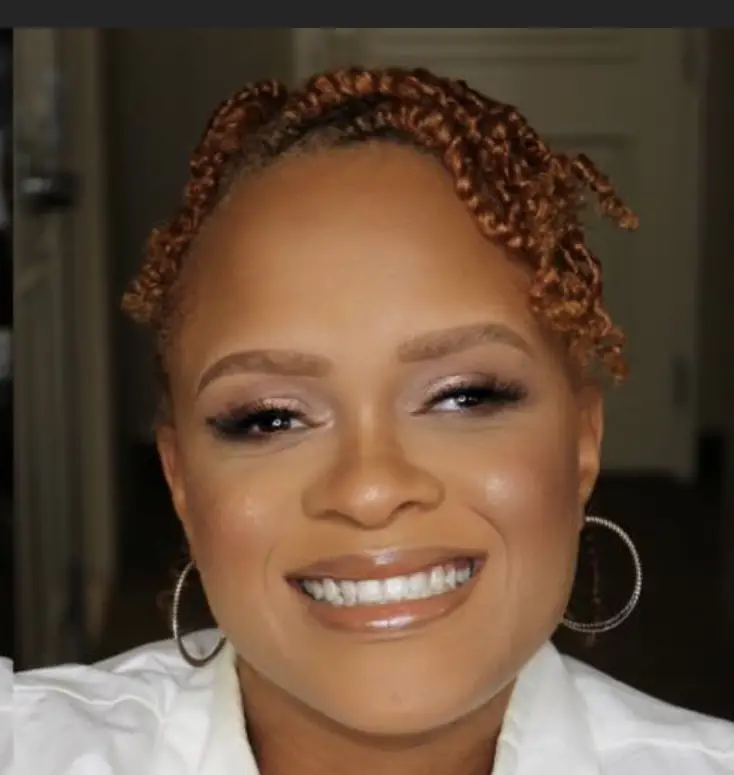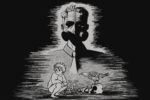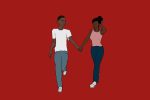The novel “Native Son” by Richard Wright is considered one of the most prolific and influential novels in African American literature. Written in 1940, “Native Son” depicted what life was like for a Black man in America. Dealing with racial injustice and systemic racism daily, the main character of the novel, Bigger Thomas, embodied the inner rage the black community felt during the 1930s. With the release of the shocking novel, Wright showed white America what the implications of the United States’ social-political and racial climate could be like if tensions between the white and Black communities continued to be ignored.
The novel centers around the character Bigger Thomas, who feels that his fate in life is out of his hands. As a Black man in white America, he feels helpless as he tries to change his circumstances in a society that works against him. Bigger’s anger and rage can be felt throughout the novel. The reader can sense his need to inflict violence from the first scene of the book, in which he kills a rat that is running about the family shack. Since this instance, his need to inflict pain and exert his deep anger and rage fuel him to commit grotesque crimes against others. He tries to take matters into his own hands and stages a robbery of a local white store owner. However, things do not go according to plan and the robbery is scrapped.
Bigger valiantly tries to make a place for himself in a foundationally oppressive society by gaining employment with an influential white family, the Daltons. After a night of excessive drinking and racial barrier-breaking, Bigger accidentally suffocates Mary Dalton, heiress to the Dalton fortune. He then tries to conceal the crime by decapitating her and burning her body in the family’s furnace in a flurry of fear and panic. He goes on the run with his girlfriend, Bessie, when it is discovered that he committed the crime. Bigger then tries to extort money from the grieving Daltons, but his plan goes awry, and in a fit of rage and fear, he savagely kills Bessie. He attempts to evade capture but is ultimately cornered and forced to face the consequences of his actions.
As he goes through the trial for Dalton’s murder—and noticeably not Bessie’s—he comes to terms with what he has done and tries to understand his motivations so he can attempt to right his life before he is ultimately executed for his crimes. At the end of the novel, Bigger realizes that he does not understand why he kills. He only knows that when he does, he feels a sense of power and freedom. He felt free from the bondage of society and white America. He felt a sense of purpose when killing. This admission terrifies his lawyer, Max, and he is left alone to await his execution.
While “Native Son” is shocking in its depiction of Black consciousness and the murderous brutality inflicted by the main character, its two main points are clear. While Wright could have easily written a novel that made white audiences sympathetic to the plight of Black Americans during this period, he chose not to, and for good reason. He wanted America to come face-to-face with the racial injustice that African Americans faced daily. In the novel, Wright highlights the conflicting relationship between Bigger and his boss, Mr. Dalton. Dalton owned the apartment that Bigger and his family lived in. Therefore, if Bigger did not do a good job, his family could become homeless or face the wrath of their landlord.
This complicated relationship between residents and their landlord/boss highlights the use of redlining. Redlining was an emerging practice during this time that is still in use today, although some would deny this fact. It can be defined as any form of racial discrimination in which services are denied to people who live in areas deemed to be “hazardous” to investment (Learn more about it here: What Is Redlining? – The New York Times and here: A ‘Forgotten History’ Of How The U.S. Government Segregated America:- NPR ). These types of practices not only struck fear into the heart of the Black community but also added more tension between the two races as well.
“Native Son” also highlights the anger that Black people felt during this time. Black Americans during the 1930s were lynched, racially profiled and discriminated against, which not only sparked hatred in the hearts of these people but also sparked a sense of powerlessness, leaving them with no way out of the deplorable conditions that they lived in day-in and day-out. While Bigger’s actions were in no way sensible or acceptable, he saw no other way to regain control of his life. Many African Americans felt that way, and even today some still do. They see no way to achieve the life that they want in a system that oppresses them, so they turn to illegal means of attaining their version of the American dream.
While turning to crime is not condonable — like Bigger — many African Americans and other people of color lack other options. The United States dangles the idea of the American Dream in front of minorities, telling them to pull themselves up by their bootstraps and work hard so that they too can live life like white one-percenters. Bigger was able to gain a taste of what life could be like if he had the same access as his white counterparts: nice cars, homes, education, influence and power. However, Bigger knew he would always be on the other side of the fence: able to look into the life he wanted but never able to truly possess it.
“Native Son” shows how systemic racism, discrimination, injustice and a lack of opportunity can weigh on one’s psyche. Bigger Thomas was a product of his environment and his time. While this story is fictional, Bigger’s rage is not. That same rage can be felt in the chants of the civil rights and Black Panther movements. That same anger can be felt in the Black Lives Matter protests of 2020 and 2021. That same sense of injustice can be seen in the countless innocent black men and women killed in 2022 and 2023.
Even though this novel is fictional, the emotions and the social and political issues depicted in the story are still present and relatable today. America as a society is still dealing with the same issues it dealt with during the 1930s. Richard Wright’s novel shows readers today that even though we have come so far in terms of technology and science and medicine, we still have a lot of work to do in terms of race relations and social justice.

















